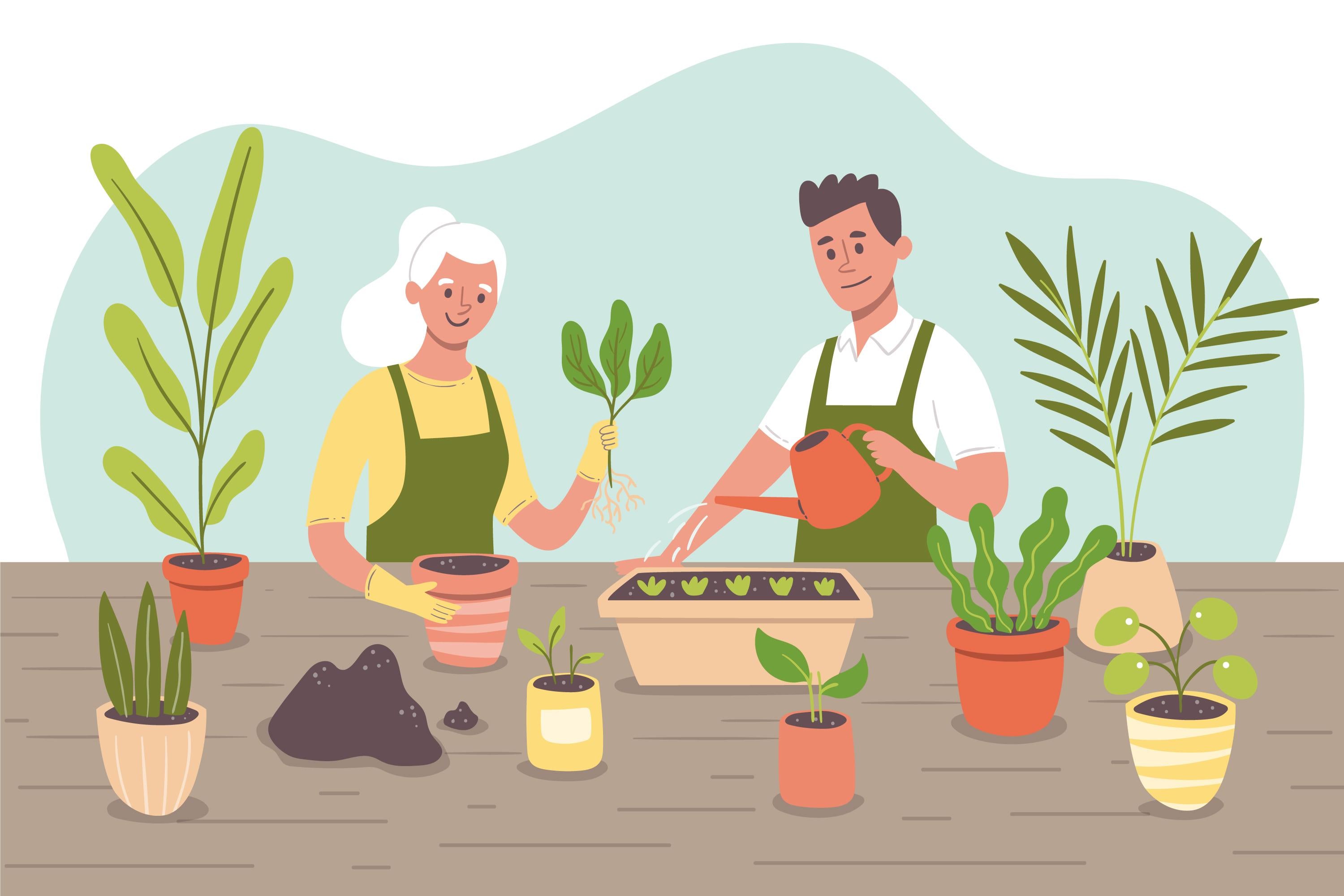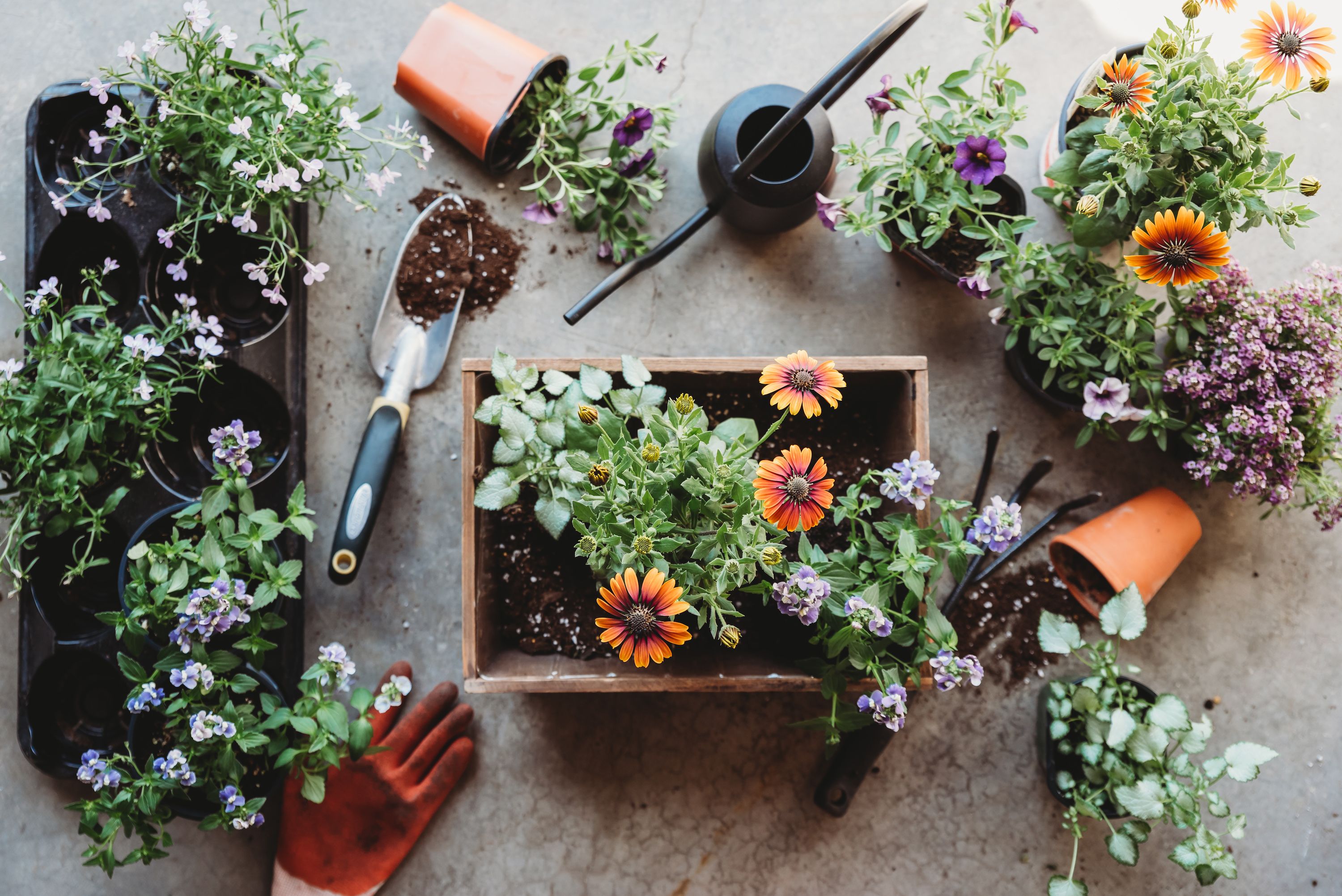Newbie Gardening Bliss: Growing Your Yard with Pleasure and Specialist Support
Wiki Article
From Newbie to Environment-friendly Thumb: A Step-by-Step Journey Through the Art of Gardening

Understanding Your Gardening Space
To start your horticulture journey, it is important to recognize the one-of-a-kind characteristics and limitations of your horticulture area. Take a minute to observe your surroundings. Is your area small or huge? Is it exposed to full sunlight or does it obtain partial shade? Are there any type of particular difficulties you may deal with, such as inadequate soil top quality or limited water availability? Comprehending these factors will help you make notified choices regarding the kinds of plants that will certainly flourish in your room.Think about the dimension of your horticulture location. If you have a little space, you may require to focus on container horticulture or vertical gardening to maximize your growing location. On the other hand, if you have a large room, you have the high-end of growing a selection of plants and creating various zones within your garden.
Next, evaluate the quantity of sunshine your room obtains. This will certainly identify which plants will prosper and which ones may battle. If your space is shaded, you can opt for shade-loving plants like hostas or brushes. If your area receives full sun, you can expand a variety of plants, consisting of vegetables, blossoms, and herbs.
Finally, take into consideration any type of restrictions or difficulties particular to your room. You might need to amend it with compost or choose plants that are tolerant of less-than-ideal conditions if your soil quality is inadequate. If water is scarce, you can select drought-tolerant plants or execute water-saving strategies like mulching.
Choosing the Right Plants for Your Yard
Select plants that are appropriate to your garden's distinct problems and your personal choices. When picking plants for your garden, it is necessary to take into consideration factors such as sunlight, dirt kind, and climate. Take an appearance at the quantity of sunshine your yard gets throughout the day. Some plants flourish completely sunlight, while others prefer partial and even full shade. Take you can try here into consideration the soil kind in your garden as well. Some plants choose well-drained soil, while others grow in clay-like or damp dirt. Furthermore, consider the climate in your location. Some plants are better fit for completely dry and warm environments, while others can hold up against chillier temperatures.It's additionally worth considering the upkeep degree of the here are the findings plants you select. Some plants require more care and attention, while others are more low-maintenance.
Preparing the Dirt for Planting
The majority of plants favor a somewhat acidic to neutral pH, around 6.0 to 7.0. Badly drained soil can lead to waterlogged origins and various other plant health and wellness problems. By analyzing and making essential changes to your soil, you can create an optimal setting for your plants to grow.Nurturing and Keeping Your Garden
Make certain to water your plants deeply, enabling the water to penetrate the soil and get to the roots. Regular weeding is likewise important to maintain your yard free from unwanted plants that complete for nutrients and space. Regularly examine your plants for any type of indicators of problem or ailment and take prompt activity to protect against further damages.Troubleshooting Common Horticulture Issues
If you observe eaten leaves or plants that are shriveling for no noticeable reason, you might have an insect problem. If your plants have yellow or discolored fallen leaves, they may not be obtaining enough nutrients. Eliminate impacted plants and deal with the remaining ones with organic fungicides or chemicals.Verdict
Congratulations! You have actually efficiently finished the trip from novice to green thumb in the art of horticulture. By comprehending your horticulture area, choosing the right plants, preparing the dirt, and nurturing your garden, you have actually gotten rid of usual horticulture issues like a pro. Now, equipped with knowledge and experience, you prepare to take pleasure in the charm and abundance of your prospering garden. Maintain the wonderful job and proceed to grow your environment-friendly thumb!
When choosing plants for your garden, it is important to take into consideration factors such as sunshine, dirt kind, and climate. Some plants like well-drained soil, while others flourish in damp or find here clay-like soil (newbie gardening). By comprehending your gardening area, selecting the right plants, preparing the dirt, and nurturing your yard, you have actually conquered common horticulture concerns like a pro
Report this wiki page